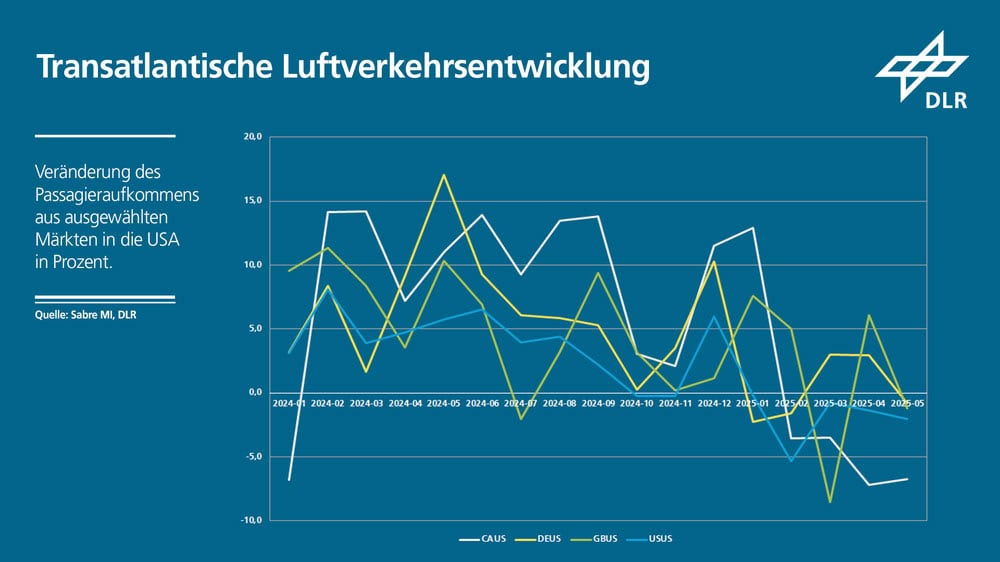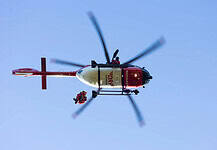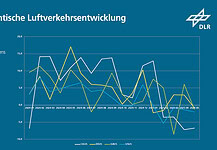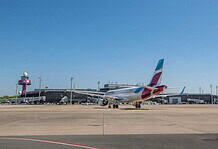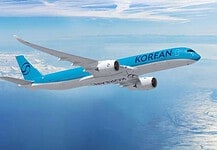This site is also available on:
Deutsch
Introduction to Air Astana’s fleet expansion
Air Astana, Kazakhstan‘s leading airline, has made a significant decision that will substantially influence the future of international air travel from the region. With an order for up to 15 Boeing 787-9 Dreamliners, the airline is investing in state-of-the-art technology and a sustainable expansion of its long-haul fleet. This strategic investment is not only a milestone in the company’s history but also a sign of the strong growth potential that Air Astana intends to unlock in the coming years.
The Boeing 787-9 is known for its high level of comfort, efficient fuel consumption, and impressive range, enabling direct flights to far-flung destinations. This significantly expands the airline’s service portfolio, providing passengers with more attractive connections to different continents. The new aircraft are part of a long-term plan to expand the airline’s network and enhance its competitiveness in global markets.
Strategic importance of the Dreamliner order
The decision to acquire up to 15 Boeing 787-9 aircraft, in addition to the three already in service, demonstrates Air Astana’s determination to solidify its position in international air travel. This could bring the total number of modern Dreamliners in the long-haul fleet to up to 18. The planned timeframe for the new jets joining the fleet is between 2032 and 2035. The economic dimension of this undertaking is enormous, as the list price for this fleet, including engines, amounts to approximately US$7 billion.
This investment reflects the growth strategy aimed at increasing flight capacity and improving service offerings. Peter Foster, CEO of Air Astana, emphasizes that the first Dreamliner will support operations as early as next year, marking the beginning of a new era for the airline. For passengers, this will mean not only more direct flights in the future, but also a significantly more comfortable flight experience thanks to the passenger-friendly cabin design of the 787-9.
Historical development of the fleet and the significance of Boeing aircraft
Air Astana is one of the airlines that has worked closely with the American aircraft manufacturer Boeing since its founding in 2002. This long-standing trust is reflected in the choice of aircraft that form the backbone of the company. Initially, the airline primarily used Boeing 737-700/800s, designed for domestic Kazakh and regional traffic. These jets enabled efficient coverage of Central Asian routes and contributed significantly to the airline’s growth.
For longer routes to Asia and Europe, Air Astana established the Boeing 757-200, which, due to its range and performance, was suitable for opening up new markets. Although these types have since been phased out – the Boeing 737 as early as 2007 and the 757 in 2020 – this demonstrates how the fleet has continuously evolved and adapted to changing requirements.
Since 2013, the Boeing 767-300ER has been a key component of the long-haul segment. These aircraft continue to form the backbone of international connections, particularly on high-demand routes within Kazakhstan and beyond. With the integration of the Dreamliner, the airline plans to further increase efficiency and offer passengers a new level of travel experience.
Future prospects and impacts of expansion
The planned expansion of the long-haul fleet with the Boeing 787-9 goes far beyond simply increasing capacity. Air Astana’s strategic goal is to significantly expand its flight offerings from Kazakhstan and the Caucasus region over the next ten years, with a focus on connecting to major European, Asian, and global cities.
The introduction of the Dreamliner will not only lead to improved fleet efficiency but also positively impact the airline’s environmental footprint. Thanks to reduced fuel consumption and modern propulsion technologies, the use of these aircraft contributes to minimizing CO2 emissions, which is becoming increasingly important in an increasingly environmentally conscious aviation industry.
Furthermore, the modernized fleet also offers economic opportunities by opening up new markets, intensifying existing connections, and strengthening Air Astana’s brand image as an innovative and reliable airline. For passengers, this means an expanded route network, improved comfort, and more attractive travel times.
Summary and outlook
Air Astana’s decision to expand its fleet with up to 15 additional Boeing 787-9 Dreamliners represents a significant step in the airline’s development. This move aligns with a long-term strategy focused on growth, efficiency, and sustainable expansion. By integrating these state-of-the-art long-haul aircraft, the airline is strengthening its market presence while simultaneously enhancing the service experience for international customers.
The long-standing partnership with Boeing provides a solid foundation for this project, ensuring the use of proven technology to successfully meet the challenges of global air travel. This opens up a new standard of comfort and travel options for passengers, further integrating Kazakhstan and the surrounding region into the global transportation network.
With the planned introduction of the first Dreamliners as early as next year, passengers can look forward to a modern flight experience characterized by efficiency, innovation, and an expanded route network. Air Astana is thus on the cusp of a promising future, one that will be both economically and environmentally responsible.

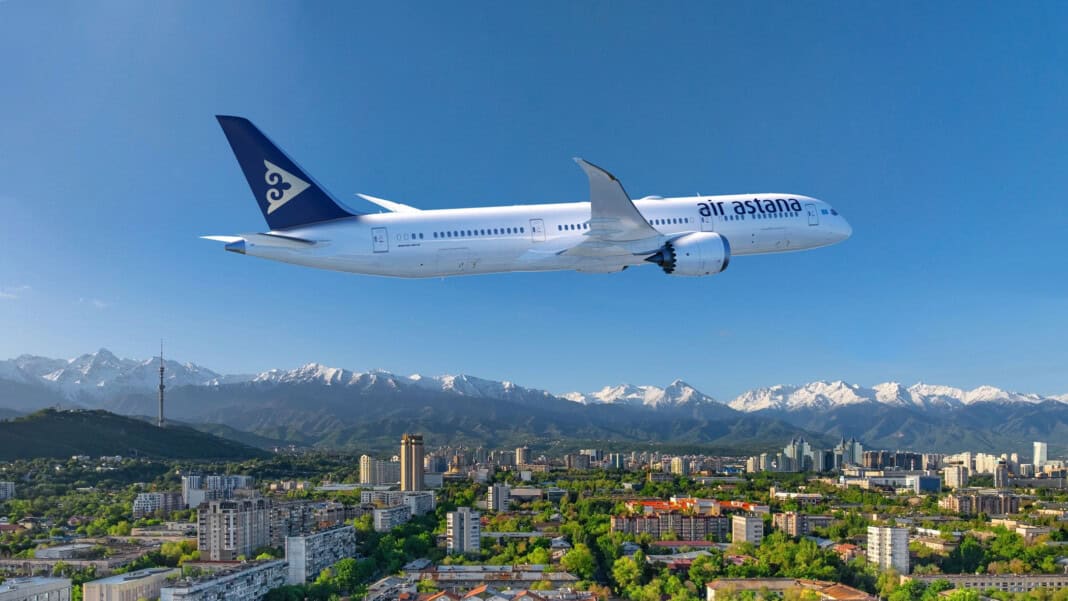
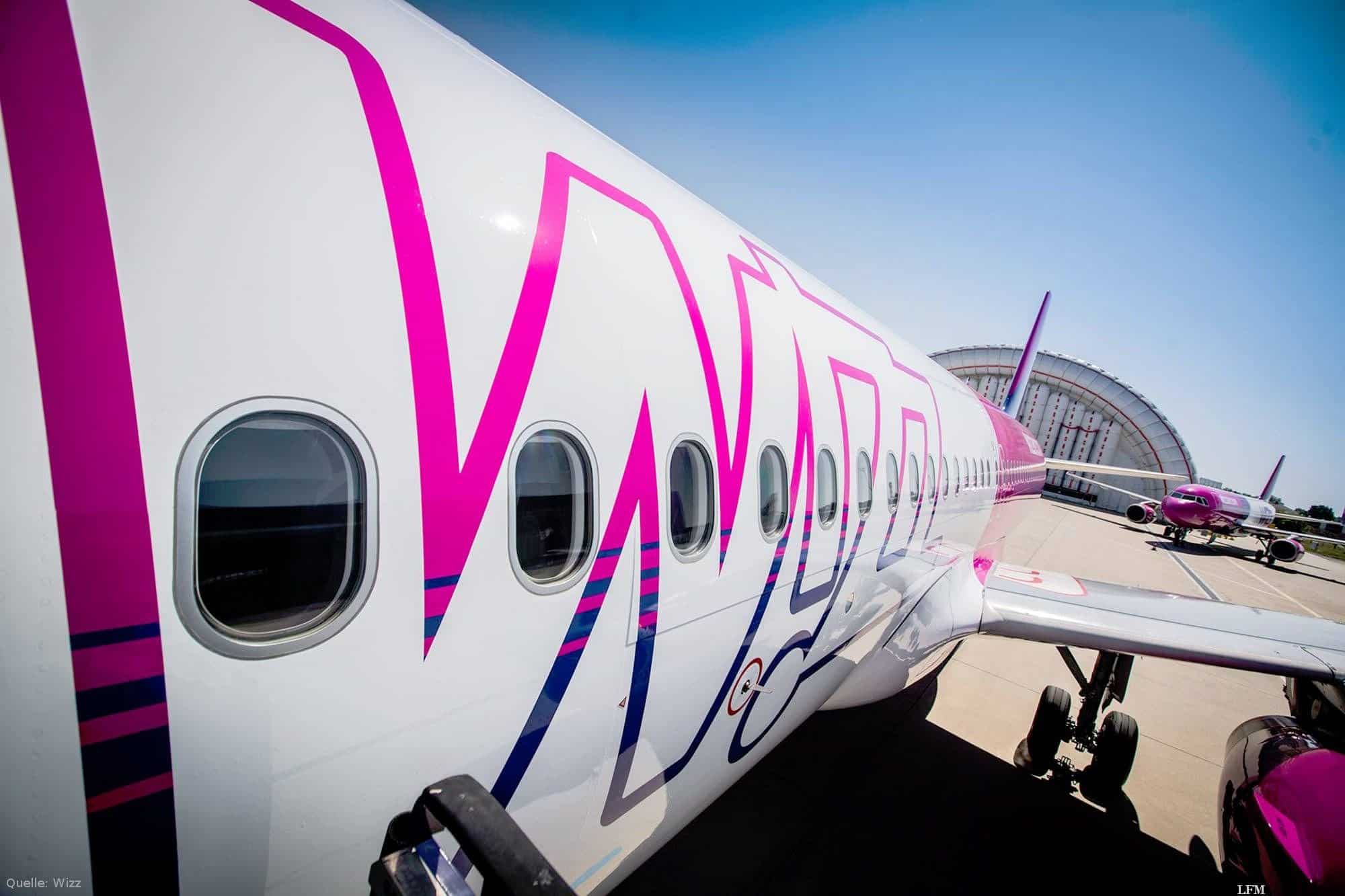 Wizz Air invests 14 billion euros in customer commitment (Wizz Air invests 14 billion euros in customer commitment)
Wizz Air invests 14 billion euros in customer commitment (Wizz Air invests 14 billion euros in customer commitment)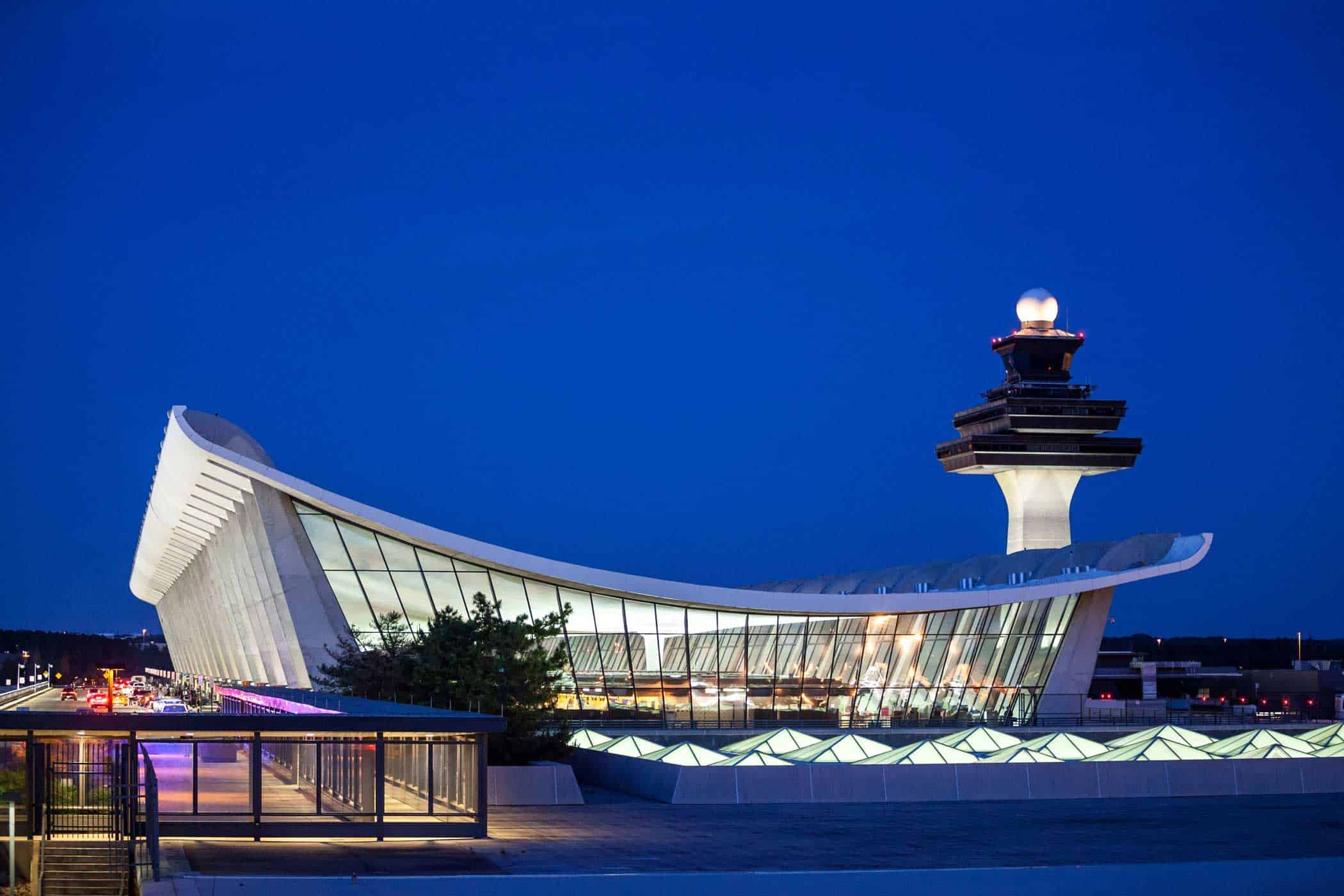 Washington Dulles Airport records record numbers (Washington Dulles Airport records record numbers)
Washington Dulles Airport records record numbers (Washington Dulles Airport records record numbers)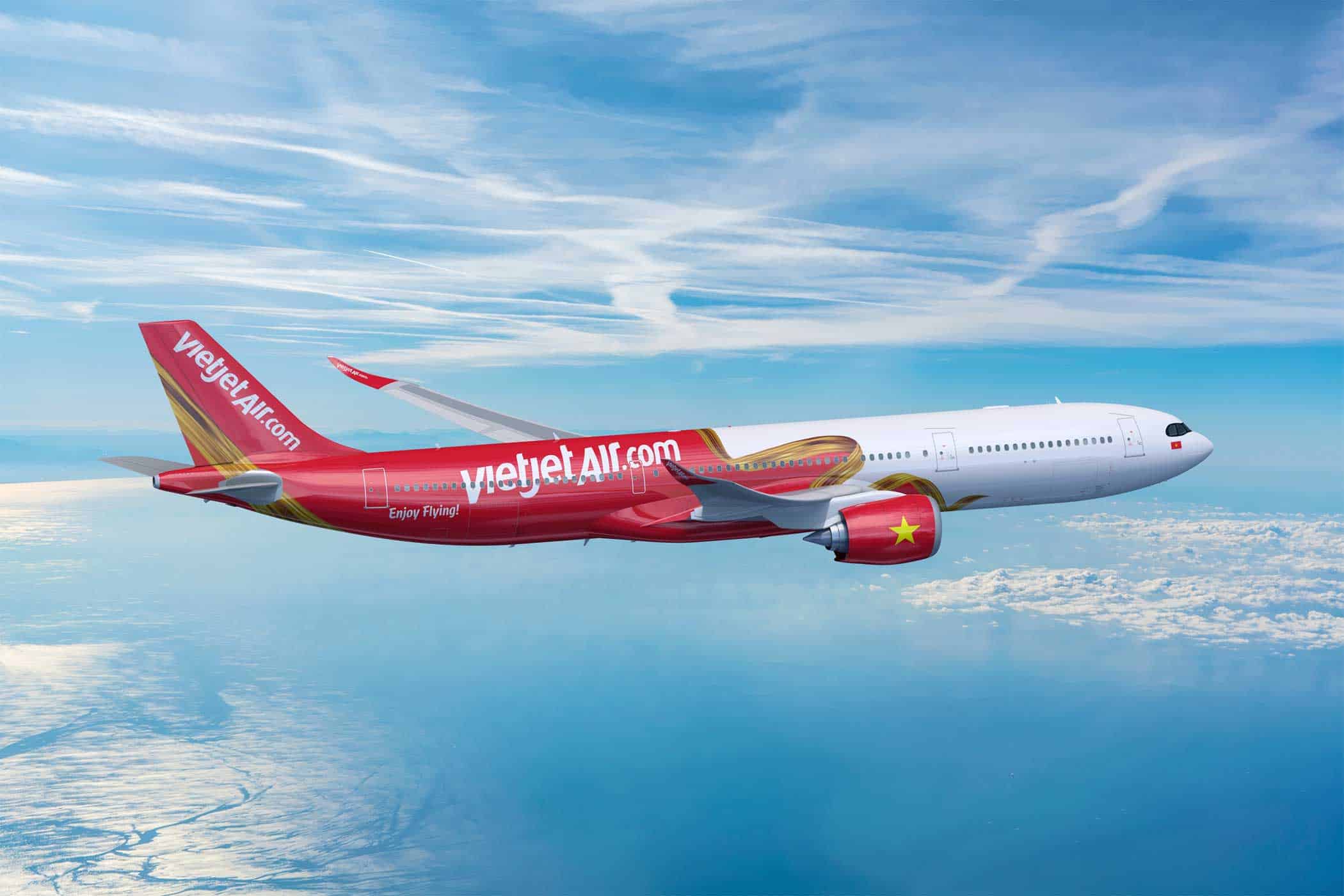 Vietjet orders additional Airbus A330neo wide-body aircraft (Vietjet orders additional Airbus A330neo wide-body aircraft)
Vietjet orders additional Airbus A330neo wide-body aircraft (Vietjet orders additional Airbus A330neo wide-body aircraft) Vienna Airport records successful growth in the first quarter (Vienna Airport records successful growth in the first quarter)
Vienna Airport records successful growth in the first quarter (Vienna Airport records successful growth in the first quarter) ver.di announces warning strikes at airports – The background (ver.di announces warning strikes at airports – The background)
ver.di announces warning strikes at airports – The background (ver.di announces warning strikes at airports – The background) United Airlines sets passenger record (United Airlines sets passenger record)
United Airlines sets passenger record (United Airlines sets passenger record)

